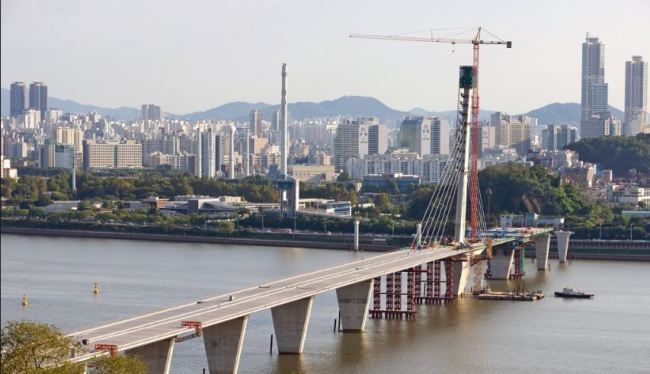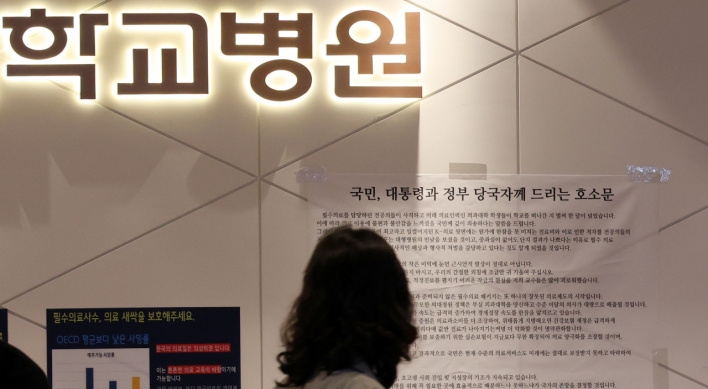South Korea's capital city of Seoul and the neighboring Gyeonggi Province continue to attract money from other parts of the country despite efforts to strive for balanced growth, a report by a state-run think tank said Sunday.
According to the report by the Korea Institute for Industrial Economics and Trade, nine out of the 16 major cities and provinces in the country posted a net outflow of factor income as of 2016.
Factor income refers to the total earnings generated by people and companies within a certain area.

Among the regions, South Chungcheong Province reported the highest outflow of 24.9 trillion won (US$21.9 billion) to other parts of the country. This was followed by 16.1 trillion won by North Gyeongsang Province, 13.6 trillion won for the industrial city of Ulsan and 12 trillion won and 11.5 trillion won, respectively, for the South Gyeongsang and South Jeolla provinces.
Besides the top five, the North Chungcheong, Gangwon and North Jeolla provinces, as well as Jeju Island, all posted more money leaving the regions than coming in.
On the other hand, the capital city of Seoul reported over 40.3 trillion won in the inflow of funds in the one-year period.
Gyeonggi came in second at 21.9 trillion won, with the big metropolises of Busan, Daegu and Daejeon making the top five list.
Gwangju and Incheon said more money arrived from other parts of the country than left in the one-year period.
KIET said that Seoul and Gyeonggi made up over 62.3 trillion won coming in from other regions in the one-year period. It added that over the year, the flow of money into a few regions has accelerated.
In the case of Seoul, the inflow increase by 11.2 trillion won in 2016 vis-a-vis 2000.
"There has been an acceleration of money flowing into major urban areas with Seoul and Gyeonggi attracting the most money," the think tank said. The trend comes as the government has been promoting balanced growth between major urban centers and smaller cities and provinces.
Policymakers have stressed that balance is critical for Asia's fourth-largest economy to maintain sustainable growth.
It said the main reason for the flow of money is centered on the fact that many people do not actually live in the region they work in leading to the transfer of funds between regions and because a lot of companies have their corporate headquarters in Seoul or in Gyeonggi.
"Even if there are high-tech jobs in certain areas, if companies have to recruit people from other areas, there will always be an outflow," KIET said.
To cope with such challenges, regions need to attract companies strategically so they will not send money to other parts of the country, the institute claimed. It said in the long run, more must be done to train talent locally while at the same time improving living conditions so people will be drawn to living near their jobs. (Yonhap)



![[Herald Interview] 'Amid aging population, Korea to invite more young professionals from overseas'](http://res.heraldm.com/phpwas/restmb_idxmake.php?idx=644&simg=/content/image/2024/04/24/20240424050844_0.jpg&u=20240424200058)















